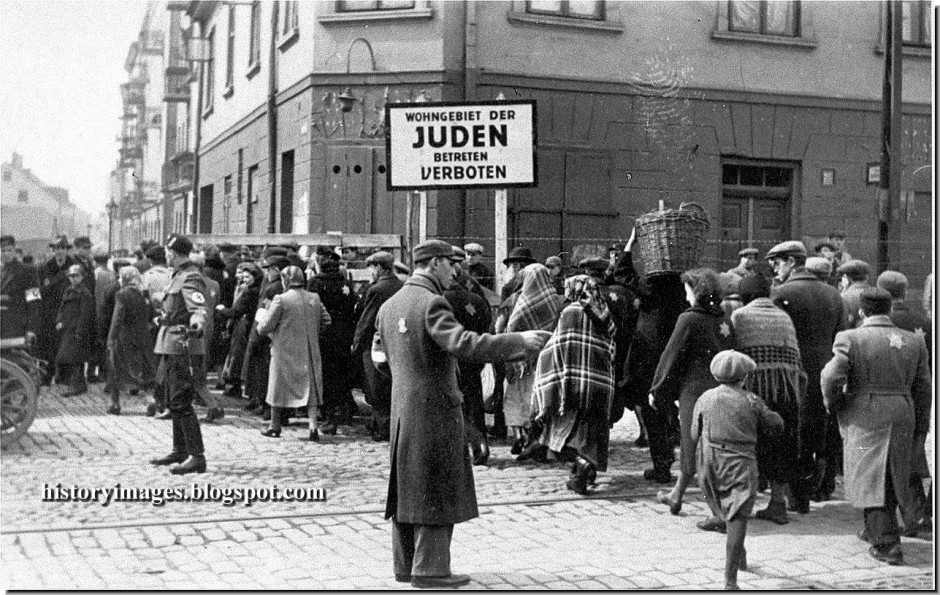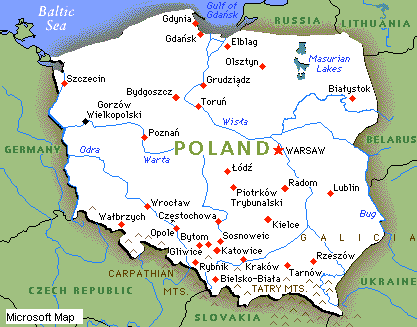Jan Grabowski’s measured but powerful book, Hunt for the Jews: Betrayal and Murder in German-Occupied Poland (Indiana University Press), caused something of a sensation when it was originally published in Poland in 2011.
One can understand why it stirred such intense debate. Grabowski, a professor of history at the University of Ottawa, writes about the German-organized hunts for Jews who survived ghetto liquidations and deportations to Nazi extermination camps. On some occasions, Poles took part in these hunts.
Focusing his attention on the southeastern county of Dabrowa Tarnowska, he argues that the vast majority of Jews who went into hiding between 1942 and 1945 were murdered by the Germans after having been betrayed by their Polish neighbors. One can imagine that this is a bitter pill for Polish Catholics to swallow, all the more so because Grabowski draws on archival material — Polish, German and Jewish — to buttress his thesis.
Grabowski, whose father survived one of these brutal hunts, documents the destinies of 337 Jews. Of these, 286 perished, while 51 survived.
Before World War II, 66,678 people lived in Dabrowa Tarnowska, of whom 4,807 were Jewish. Jews, comprising eight percent of the total population, mostly resided in the town of Dabrowa, with the rest living in nearby villages. Some of these Jews were farmers.
As Grabowski points out, antisemitism was a growing phenomenon in prewar Poland. Anti-Jewish violence flared up, fueled by the distribution of incendiary brochures, posters and other pieces of hate propaganda. Synagogues were vandalized and merchants were beaten up. Economic boycotts, encouraged by the National Democratic Party (Endecja), won the visible support of the Roman Catholic church.
In short, as Grabowski observes, Polish-Jewish relations were “not good.”
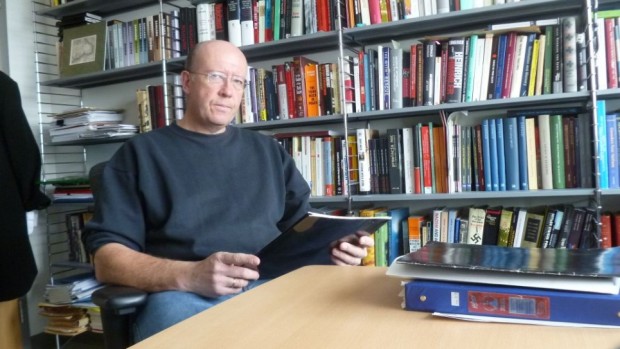
Shortly after Germany’s invasion and occupation of Poland, the Jews of the Krakow and Tarnow districts were confined to ghettos and subjected to random terror. In one of the first acts of terrorism, on Sept. 9, 1940, police swept into the Dabrowa ghetto, killing 14 people, in a prelude to the Holocaust.
The murderous campaign against Jews, he says, was directly linked to the opening of the Belzec death camp in March 1942. Although the Jews of Lublin and Lwow were among its first victims, transports from Krakow and environs soon followed. On July 17, 1942, close to 2,000 Jews from Dabrowa were deported to Belzec, while 100 others were executed on the streets.
A few Jews managed to escape, believing that their fellow Poles would come to their aid. “Poles were perceived as potential allies in the desperate struggle for survival,” he writes. But alas, Polish peasants, seduced by German inducements or torn by fear, joined the hunts, known in German as Judenjagd.
“In many cases, the fleeing Jews had left their belongings with trusted peasants for safekeeping. For some farmers, this was too much of a temptation, and Jewish merchandise, money or livestock became a reason for betrayal or even murder.”
During the first phase of the hunts, which were organized and carried out by the Germans in nearly every instance, the participants included Polish Blue Police, Polish youths from a paramilitary organization, Jewish police and local helpers and volunteers.
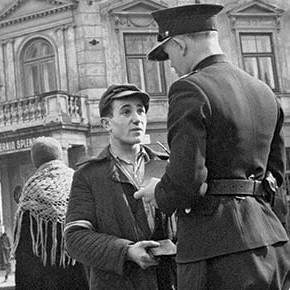
“The hunters followed the fugitives into the forests, hoping for prizes offered by the Germans: vodka, sugar, potatoes, oil, but also personal items taken off the victims,” Stanislaw Zeminski, a rural teacher from Luckow, wrote in his diary.
Another Polish diarist, Zygmunt Klukowski, a physician from Szczebrzeszyn, commented, “Overall, the Polish population did not behave well. Some people were actively involved in tracking down and finding the Jews.”
“It needs to be noted that denouncing and murdering Jews did not carry the social stigma associated with murder or denunciation of fellow Poles,” writes Grabowski, referring to Christians.”In certain circles, helping Jews was even considered an activity directly opposed to the vital interests of the Polish nation.”
What role did the Catholic church play in this situation?
“On the basis of the available shreds of evidence, one can only conclude that the attitudes of local clergy depended on individual character traits of priests involved,” he says. “Some, such as the priest from Radomysl Wielki, first incited peasants against the Jews … Others, like a priest from Wietrzychowice, put their lives on the line to provide Jews with shelter.”
He adds that the archbishop of Krakow, Adam Stefan Sapieha, expressed opposition to the use of Polish youngsters in paramilitary organizations “to liquidate Jews.” In a letter to the German governor of Poland, Hans Frank, Sapieha said that their participation in the murder of Jews had adversely affected their morale.
Grabowski draws no general conclusions from these incidents, saying that an exhaustive account on this topic cannot be written until the church opens its archives to independent historians. But he credits Sapieha’s statement as one of the very few on the subject by a leader of the Catholic church in wartime Poland.
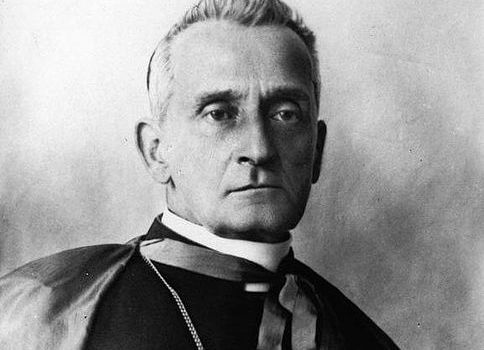
Virtually every Jew who survived the war in Dabrowa Tarnowska owed his or her life to a Pole, Grabowski states. Out of the 51 Jewish survivors, 27 were assisted by selfless, altruistic Poles, who risked their lives to help Jews, and 10 Jews paid their hosts or survived due to their own efforts. “In 14 cases, we lack precise information about the nature of the received assistance,” he says.
Poles who charged Jews for their help were motivated by an array of reasons. As Grabowski puts it, “For some people, keeping Jews was just a side job that allowed them to supplement their otherwise meagre income, and make ends meet. For others, it was a full-time occupation, extremely dangerous but very profitable.”
Sex could be factored into such arrangements. “There is no doubt that rapes, sexual slavery and other such ‘payments in kind’ were often seen by paid helpers as part of the deal, or as an added bonus to it,” Grabowski says.
In conclusion, Grabowski emphasizes that the Germans, rather than the Poles, conceived the hunts for Jews. “I want to stress that more than 90 percent of this horrible, murderous work was carried out by the Germans without any involvement of Poles.” But as he notes, a number of Poles were accomplices in the ruthless and often successful Nazi campaign to render Poland Judenrein.
